A guest post by Eric M. Earle
It wasn’t until the very end of the 19th century—over 100 years after the founding of America—that the United States began formally addressing crimes committed by adolescents and teenagers. Since then, the juvenile justice system has been constantly evolving. The complicated neuroscience, sociological factors, and legal circumstances that comprise teenage crime make it almost impossible to come up with a one-size-fits-all approach to juvenile justice. After all, what do you do with a teenager responsible for second-degree murder? Should a seventeen-year-old face lifelong consequences the same way an adult should? Or should they be given a second chance? Were their actions are a result of neglect and anomie, or a true sign of malice?
There’s no clear-cut answer, but extensive research and expert testimony both seem to suggest one of the most crucial elements to waylaying teenage crime is by intervening early. Teens and adolescents aren’t adults, and juvenile justice systems need to keep this in mind when coming up with both punitive and developmental approaches to addressing teenage crime. To fully understand why, here’s a comprehensive look at what’s led the juvenile justice system to be what it is today, and how it can continue to improve.
Juvenile Justice: Then and Now
Before 1899, there was no juvenile justice system. Illinois was the first state to construct a legal system meant to address non-adult crime. The rest of the country soon followed suit, but for decades, juvenile justice was carried out behind closed doors with very little supervision, and juveniles were usually not given the same legal benefits as adults. This was the first wave of juvenile justice, and it was essential for getting the ball moving.
Then, beginning in the 1960s, one of the most progressive times for social justice reform, due process was finally mandated across juvenile justice systems. In this second wave, non-adult offenders were obliged to receive legal counsel and their essential rights as US citizens were prioritized.
The third wave began in the 1980s, when the Reagan Administration began its Tough on Crime approach to inner city and drug-related offenses. During this period, the juvenile justice system mirrored its adult counterpart and moved toward a punishment-oriented method. Teens were reprimanded and penalized harshly for any manner of crimes. In many ways, they were treated like adult criminals.
These policies provoked a major reaction from people who supported reformative and developmental approaches to juvenile justice, which leads us to where we are now…

The Fourth Wave of Reform
Beginning in the 1990s, people began wondering if it was appropriate to treat teenagers the same as adults when it came to criminal prosecution and punishment. Organizations like the MacArthur Foundation began funding research to shed light on the ethical complications of treating teenagers like adults within the criminal justice system.
It shouldn’t be any surprise to anyone that teenage brains are less developed than adult minds. However, when the MacArthur Foundation’s Network on Adolescent Development and Juvenile Justice started researching juvenile development in the late 90s, it brought together sociologists, neuroscientists, and legal experts to contextualize this fact within the framework of the juvenile justice system. Their findings—including hundreds of peer-reviewed publications and several books—changed the face of the juvenile justice system and have led us to where we are today.
For example, in one of the largest juvenile delinquency studies ever conducted, researchers kept track of over 1,300 young offenders in the cities of Phoenix and Philadelphia. The study found that less than 10% of the juvenile offenders were likely to recommit a serious offense, prompting the question of if a significantly long—or lifelong—sentence for a crime was truly necessary to deter teens from criminality.
Another report, this one published by the American Psychological Association and observing behaviors in over 900 juveniles and 450 adults, found that young offenders are much less likely to understand the legal proceedings in court. This makes sense, especially considering most adults need lawyers—who work hundreds of hours to earn their expertise—to help them comprehend legalese. Most juveniles under the age of 15 even showed “a level of impairment consistent with that of persons found incompetent to stand trial,” according to the researchers. These findings bring into question the very methods in which juveniles are tried for their actions.
And finally, a third set of researchers from Colorado found that while sixteen-year-olds have cognitive abilities that match adults, they’re psychosocial skills continue developing even past the age of eighteen and into early adulthood. This implies many young offenders don’t fully understand the long-term consequences of their actions, and calls the idea of culpability into doubt.
Related
The Consequences
Findings akin to these have led to serious transformations in the legal world. For instance, in the 2005 the landmark case Roper v. Simons, the Supreme Court ruled that the death penalty could not be given to any offenders under the age of eighteen. (The previous minimum age was sixteen.) In the justification for the majority decision, Supreme Justice Kennedy cited “scientific and sociological studies” that alleged most teenage offenders lacked maturity, had an underdeveloped sense of responsibility, and were more vulnerable to peer pressure. Then again, this time in the 2010 Supreme Court ruling for Graham v. Florida, it was declared that sentencing teenagers under the age of 18 to life imprisonment without the possibility of parole was unconstitutional in non-homicide offenses. Thus, it’s clear how research on the neurological and sociological development of juvenile offenders has impacted the very highest ranks of the legal system.
Due to the new understanding of teenage minds, juvenile justice systems all over the country have begun adopting more reformative and developmental approaches to delinquency. The general idea is that if teens and adolescents are given the support, resources, care, and attention they need, they’ll be more likely to turn their lives around before getting into serious trouble in the adult legal system. This includes everything from prevention programs and extracurricular involvement to mental health screening and trauma counseling.
Many support these progressive and empathetic approaches to juvenile justice, but there are still some staunch opponents. After all, how do you teach the consequences of adult crime (a.k.a. serious jail time) to teenagers without first giving them a preview? Is it fair to assume an eighteen-year-old—who’s only ever been given a slap on the wrist—fully understands the new weight of his actions once he graduates out of the juvenile justice system? And are these reformative approaches working in the first place?
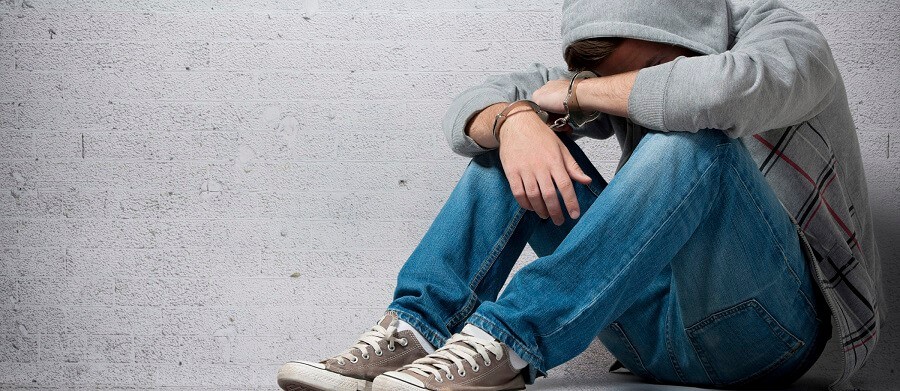
The Jury’s Out
The sad truth is, much more goes into a teen’s likelihood to recommit serious crime than can be addressed. Stressors at home, gang involvement, drug use, financial strain, self-esteem, and a myriad of other factors influence whether a teen will go on to be a career criminal. This was one of the major shortcomings of the study in Phoenix and Philadelphia—although few teens become repeat offenders, it was impossible to tell which teens would end up back in court.
However, legal experts seem to be optimistic when it comes to the more recent approaches to juvenile justice. Judges and lawyers from Santa Clara County in California weighed in on the issue, and all of them said they’d personally seen success stories come from the current system. They also stressed the importance of helping prevent juvenile involvement in the criminal justice system early on.
“What works is different for every kid, but the one rule that I think is applicable, after years of seeing this, is ‘the sooner, the better,” said Kurt Kumli, who at the time of the interview had been working for the District Attorney’s office for over a decade.
Judge Nancy Hoffman echoed his concern. “If I were in charge, I would like to have more intervention very early on without charging crimes,” she said.
Another often repeated concern of these judges and legal representatives was the importance of providing family resources for juvenile offenders.
“If we have a failing as a society, from my very narrow, very unique perspective as a juvenile court judge in my community, we fail families. We should be helping to provide them with whatever services they need when the children are very, very young,” said Judge Thomas Edwards.
Moving Forward
“Juvenile rehabilitation is an art and not a science,” said Kumli.
Based on the research and the expertise of legal figures, it’s clear that rehabilitative approaches to juvenile delinquency have major potential. But it’ll never be a simple issue. Despite the best efforts of criminal justice officials, juvenile offenders might end up back in court and involved in the criminal justice system as adults. Still, the science and the legal expertise from dedicated officials make it clear that measures can be taken to nip juvenile delinquency in the bud. Here are a few policies that might help.

Invest in Prevention
According to a 2011 article published by The Prison Journal, crime prevention programs are not only effective, but much cheaper than incarceration and imprisonment. By passing bills and supporting humanitarian efforts that seek to address at risk youth before crime takes place, there will likely be a decrease in teenage crime. Instead of taking retroactive action, communities and justice systems should do what they can to create alternatives to teenage crime.
Related Book Reviews
Provide Community Resources
Giving teens activities and spaces where they feel they’re a part of something larger will keep them off the streets and out of prisons. Public funds and non-profits can be allocated to student centers, sports leagues, school extracurriculars, and other positive, community-oriented projects to keep adolescents and young adults from turning toward crime. Making teens feel valued goes a long way in preventing them from making poor choices.
Support Families In Need
Rough family life is a major factor in predicting if a teen will get in legal trouble. Counseling and care services need to be accessible to families who struggle with financial burdens, addiction, emotional abuse, and violence. These are best available before teens begin turning to crime, but they’re also valuable throughout their time in the criminal justice system. Raising awareness and supporting these kinds of resources go a long way in helping teens avoid becoming criminals.
The Takeaway
Many of these approaches might seem out of reach, but communities only grow with the help of their members. Passing legislation and supporting fundraisers and non-profits that allocate funds to community growth are the key to creating a crime-free generation of teenagers. The juvenile justice system will never be perfect, and some teenagers will find themselves to be adult offenders. Still, it’s crucial to support local outreach projects and political campaigns that work toward preventing teenage crime. Our juvenile justice system has certainly come a long way, but it’s still got a long way to go.
- Grisso, T., Steinberg, L., Woolard, J., Cauffman, E., Scott, E., Graham, S., Lexcen, F., Reppucci, N. D., & Schwartz, R. (2003). Juveniles’ competence to stand trial: A comparison of adolescents’ and adults’ capacities as trial defendants. Law and Human Behavior, 27(4), 333–363. https://doi.org/10.1023/A:1024065015717
- Justia, US Supreme Court. (2005) Roper v. Simmons. 543 U.S. 551.
- Mulvey, E. P., Steinberg, L., Piquero, A. R., Besana, M., Fagan, J., Schubert, C., & Cauffman, E. (2010). Trajectories of desistance and continuity in antisocial behavior following court adjudication among serious adolescent offenders. Development and psychopathology, 22(2), 453–475. https://doi.org/10.1017/S0954579410000179
- PBS Frontline. Juvenile Justice: What Works? From Both Sides. etrieved from https://www.pbs.org/wgbh/pages/frontline/shows/juvenile/bench/whatittakes.html
- Steinberg, L. et al (2009) Are Adolescents Less Mature Than Adults? American Psychologist, American Psychological Association. 64(7), 583-594. https://doi.org/10.1037/a0014763
- Talking To Teens (October 29, 2017) About Your Teenager: The Teenage Brain. Retrieved from https://talkingtoteens.com/about-your-teenagers-brain/
- Talking To Teens (July 07, 2017) At Risk Youth Psychology. Retrieved from https://talkingtoteens.com/protective-factors-youth-at-risk-youth/
- Welsh, B.C. and Farrington, D.P. (2011) The Benefits and Costs of Early Prevention Compared With Imprisonment: Toward Evidence-Based Policy. The Prison Journal. 91(3), 120S-137S. https://doi.org/10.1177/0032885511415236
Earle. E.M. (April 22, 2020) Early Intervention: What We Know About Juvenile Justice, and What Needs To Happen. Crime Traveller. Retrieved from https://www.crimetraveller.org/2020/04/early-intervention-juvenile-justice-and-what-needs-to-happen/
About the author: Eric M. Earle is the founder of Tutor Portland. He became the premier math tutor in Portland, Oregon. He focuses on improving students’ math grades to better their college acceptance rates.











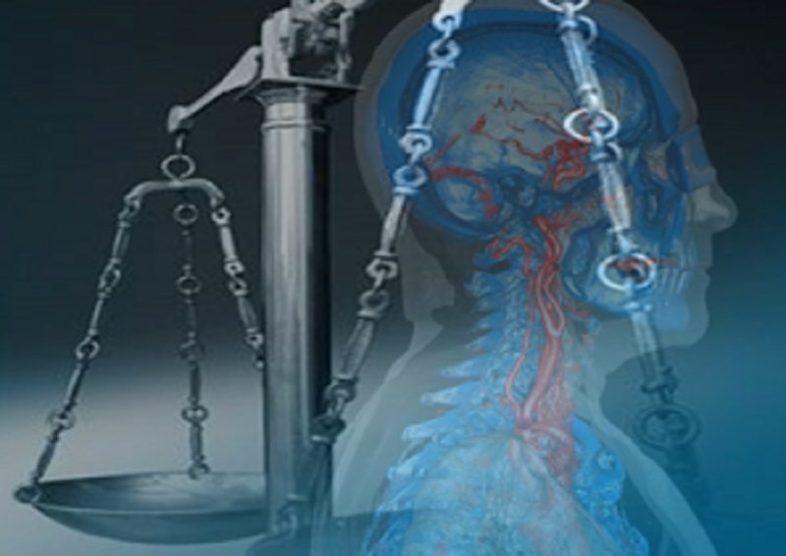

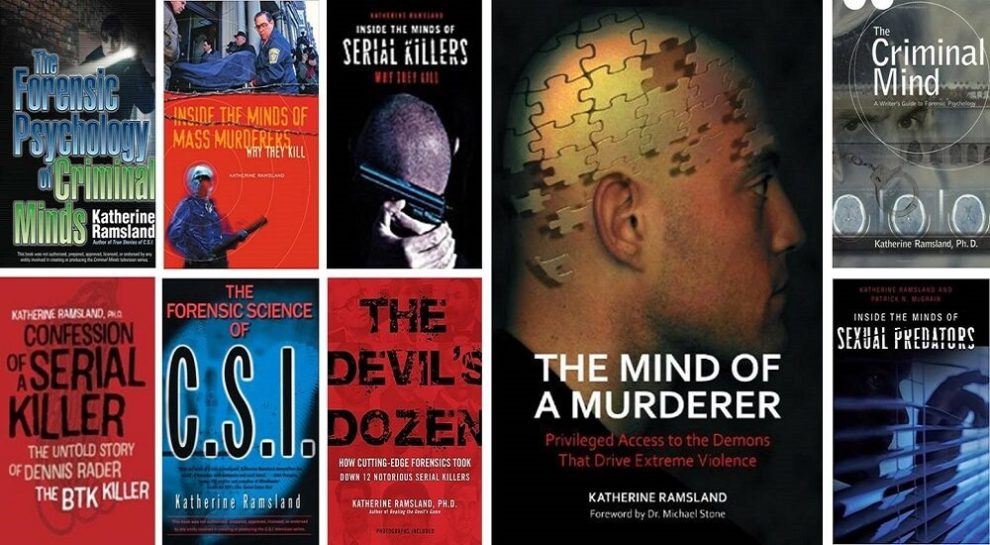

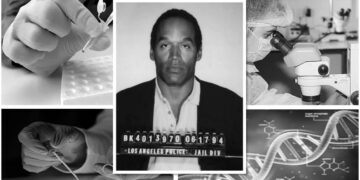




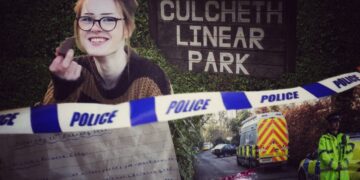






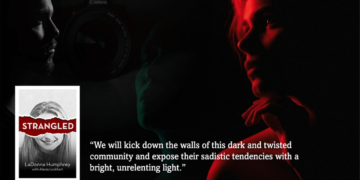
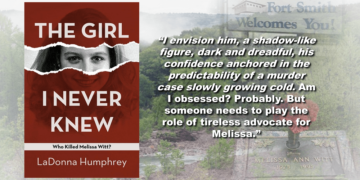






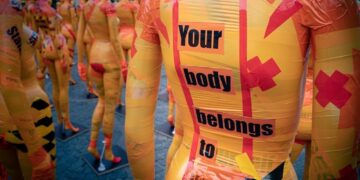

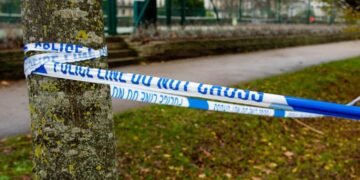

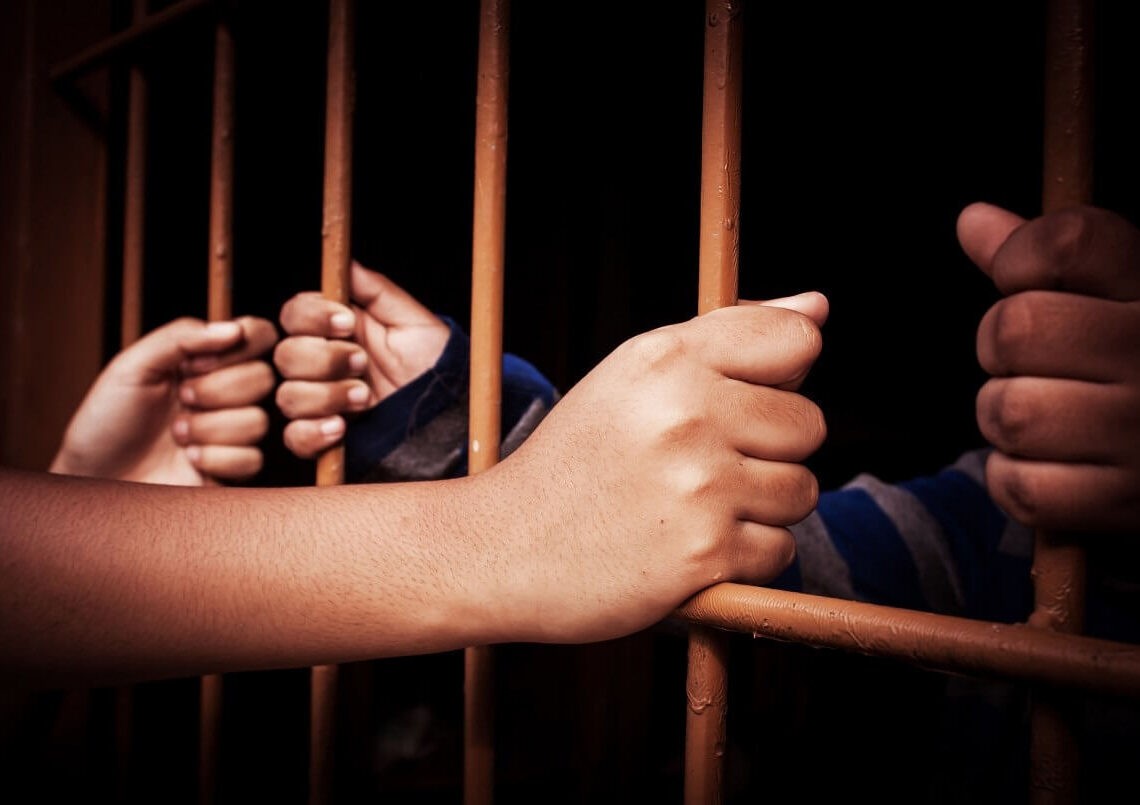







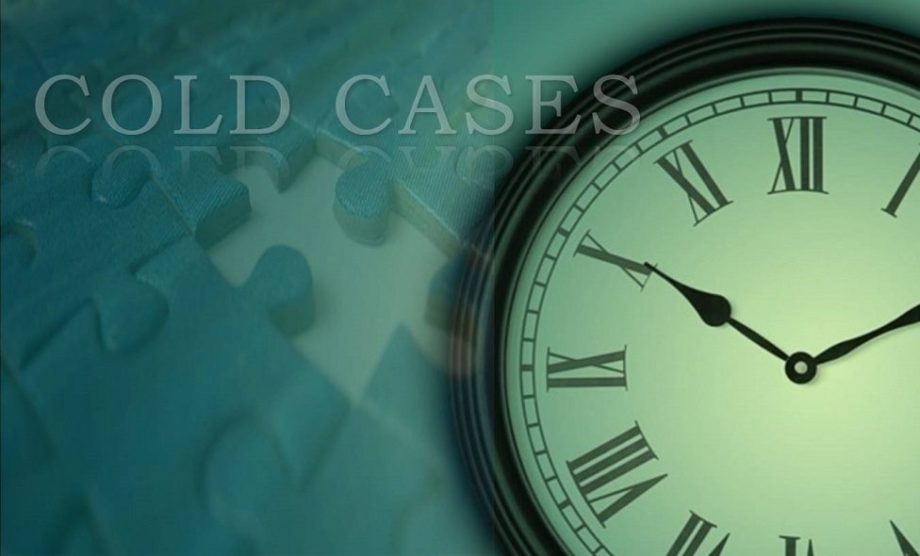

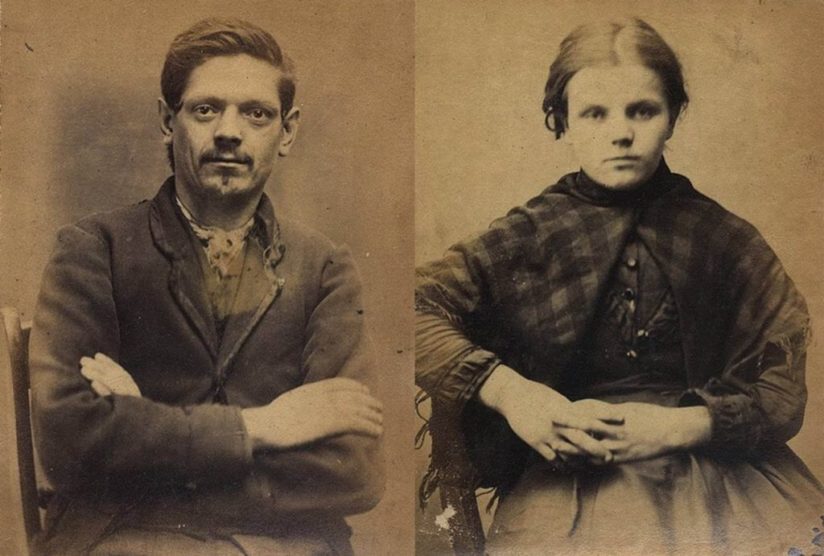

It is important to remember that the United States has at least 51 different juvenile justice systems, not one. Each state and the District of Columbia has its own laws that govern its juvenile justice system.